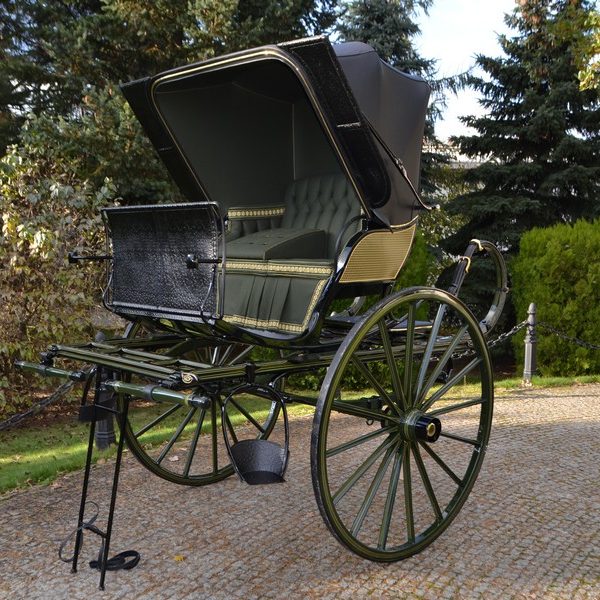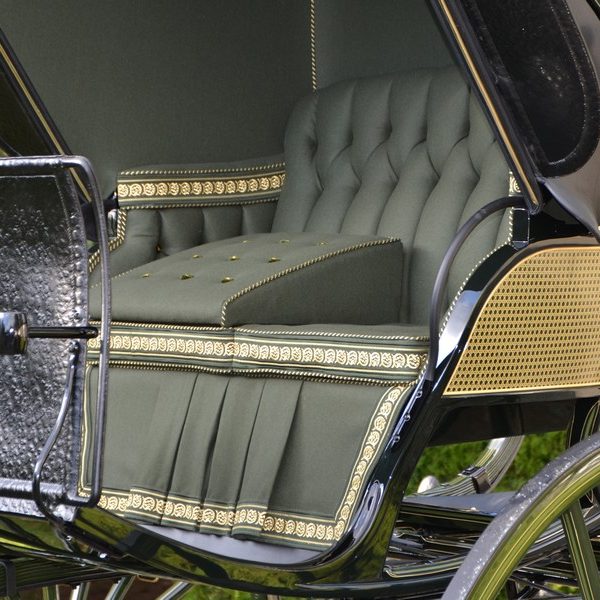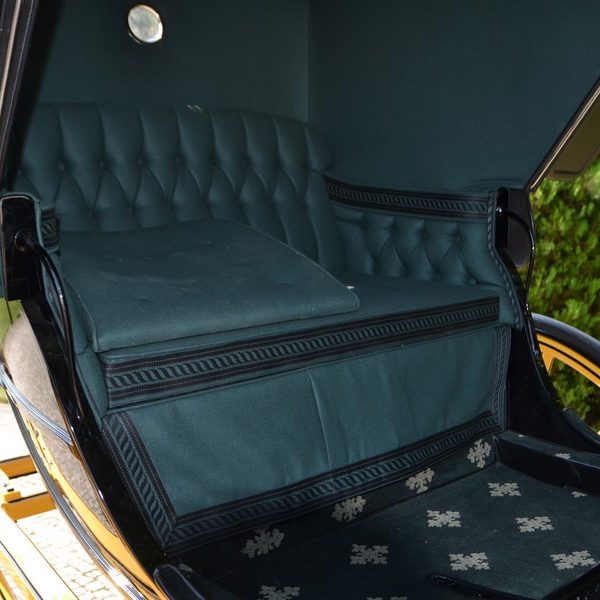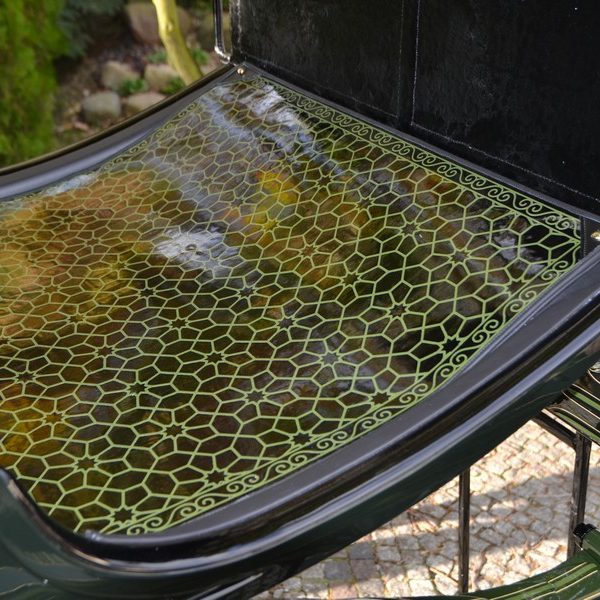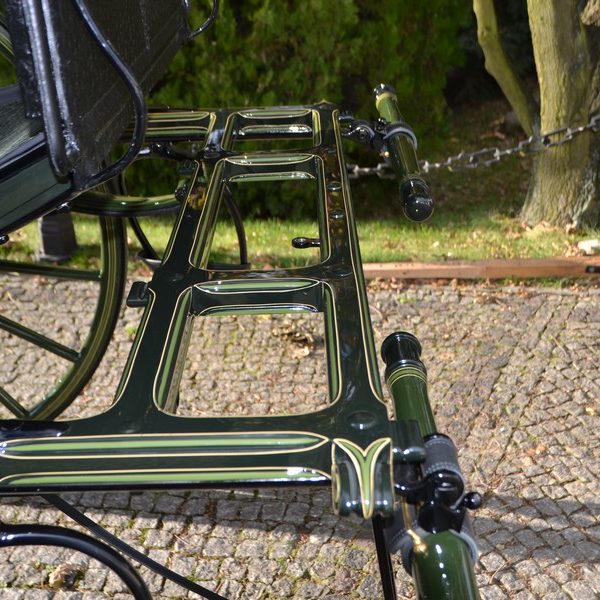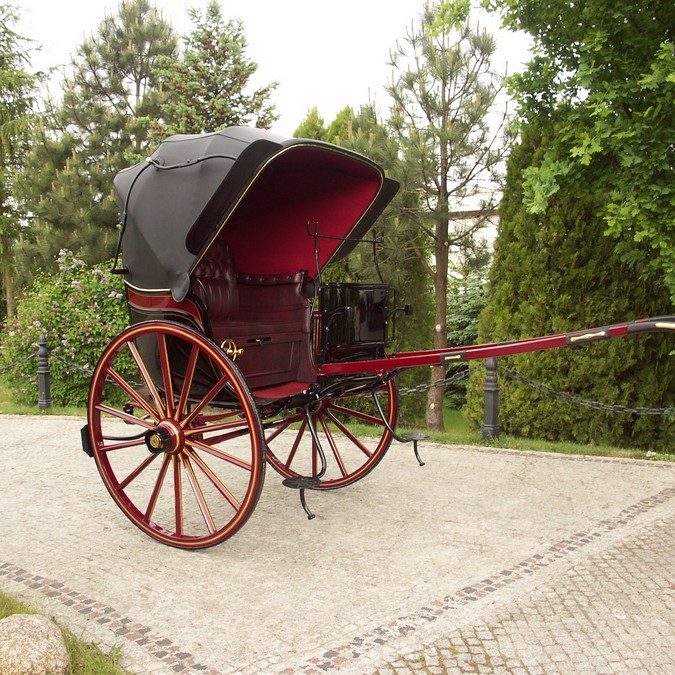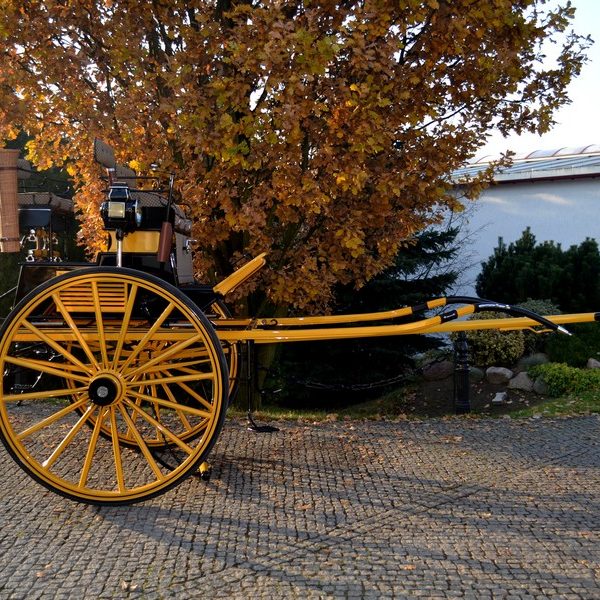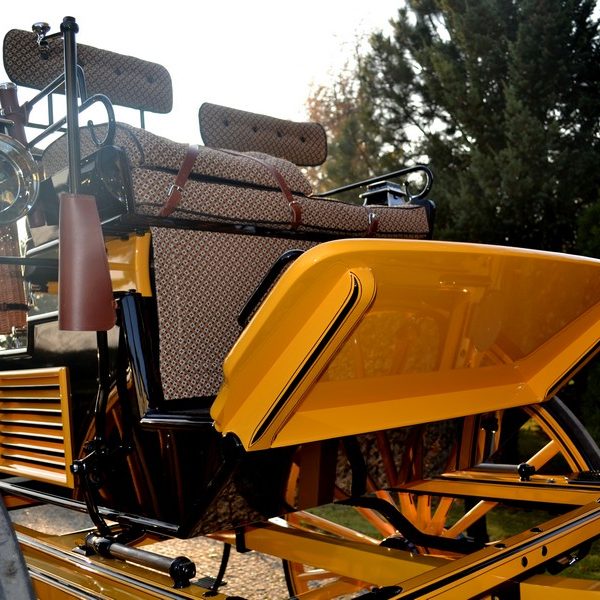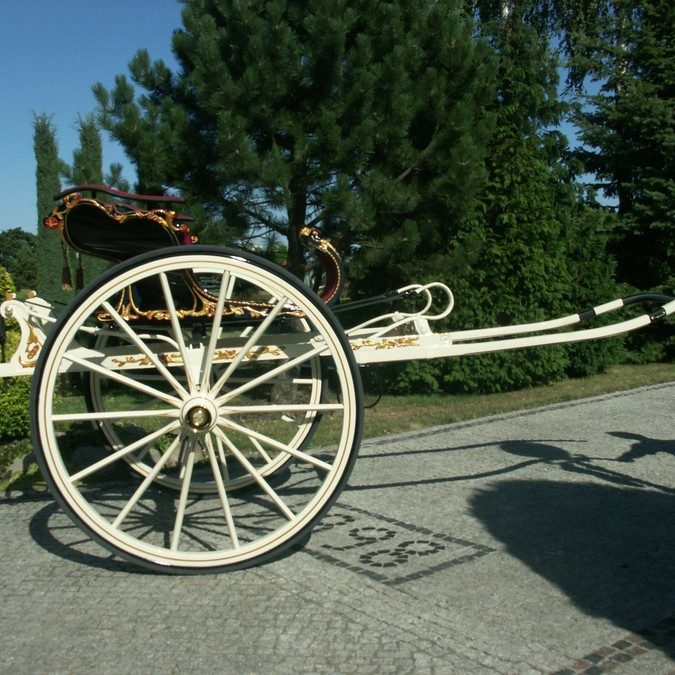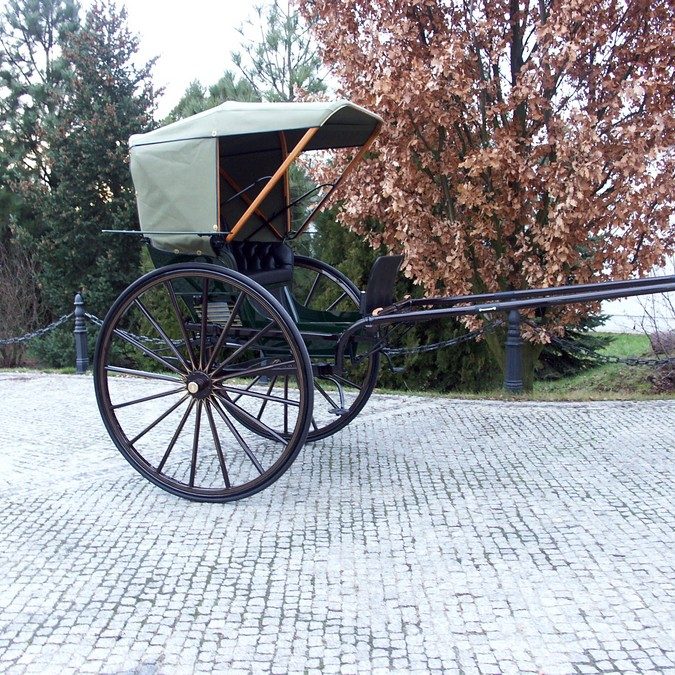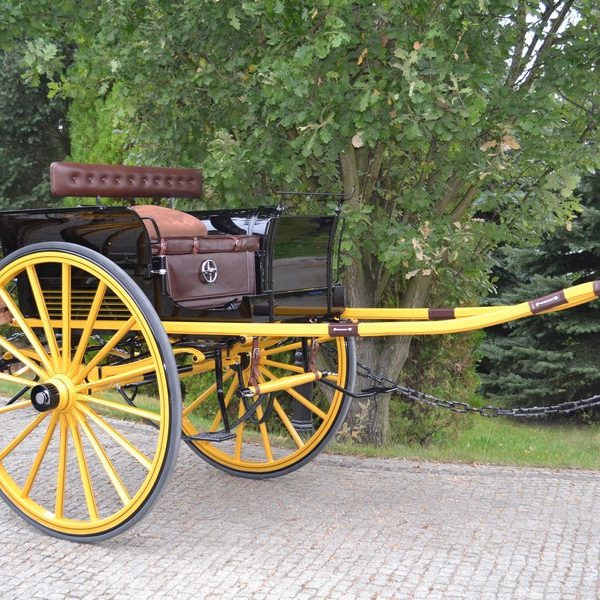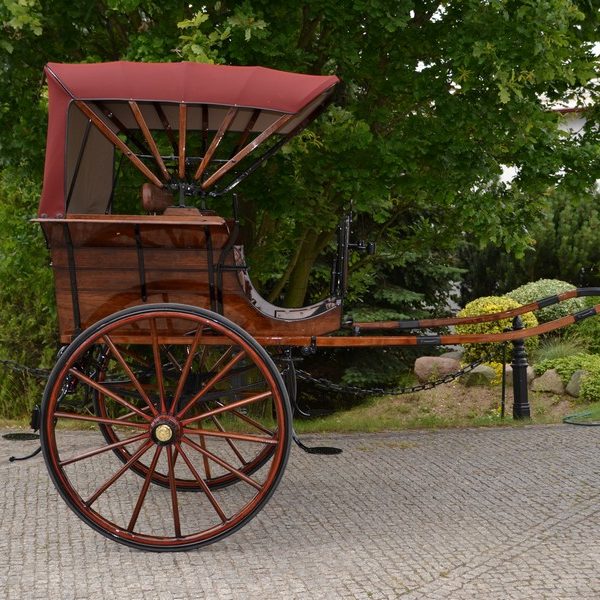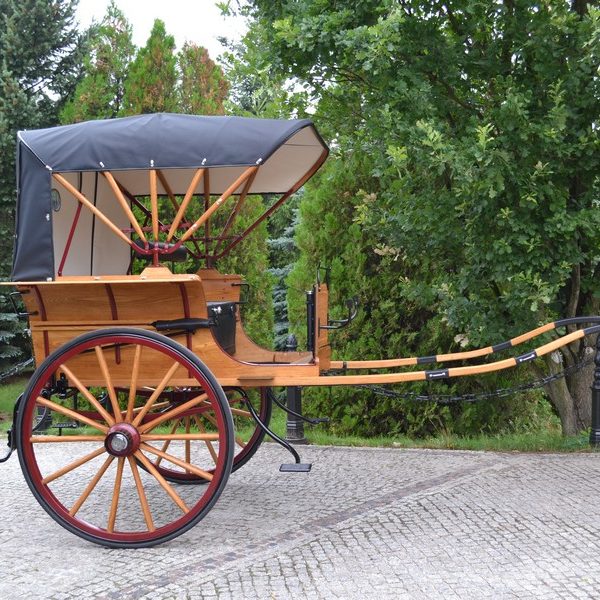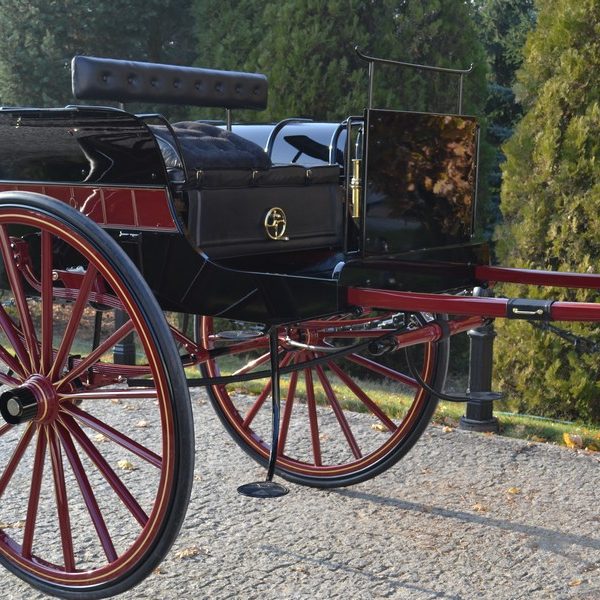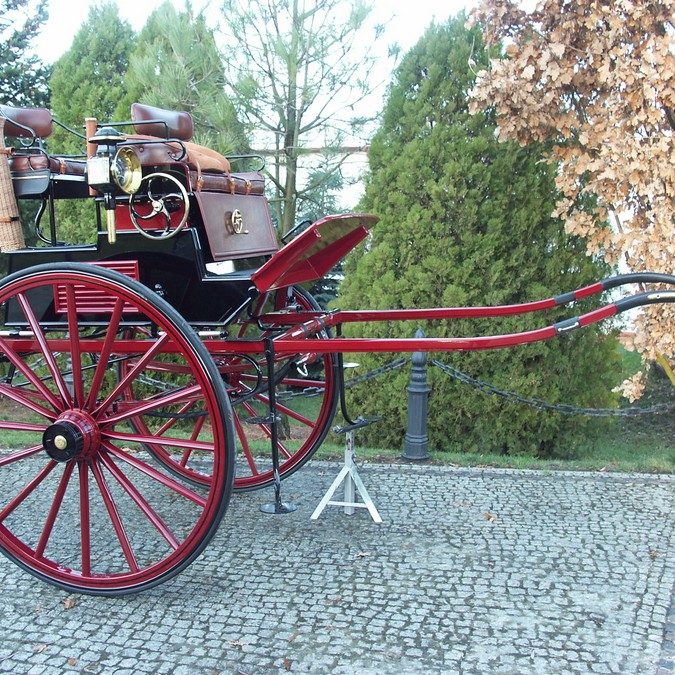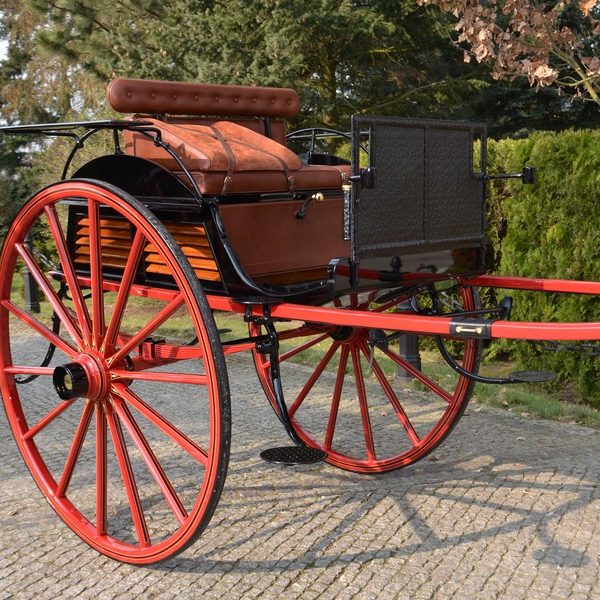Two-wheelers
Gigs/Carts: are popular names of two-wheeled vehicles, differing in their box design, chassis, springs but the most important difference is their number of seats.
Gig is a vehicle for two people. E.g. Tilbury Gig is a two-wheeled cart with seven springs.
Both sides of Rally Car are nicely bent and passing into wings. However, the main difference lies in the size of the box.
Gig is a carriage for two people only, Cart is also a two-wheeled vehicle but for three people as in the case of Cocking Cart or four people as in Dog Cart.
Cars/Carts: Rally Car, Cocking Cart, Dog Cart, Tandem Cart, Village Car, Norfolk Cart, Whipechapel, Dos-a-Dos
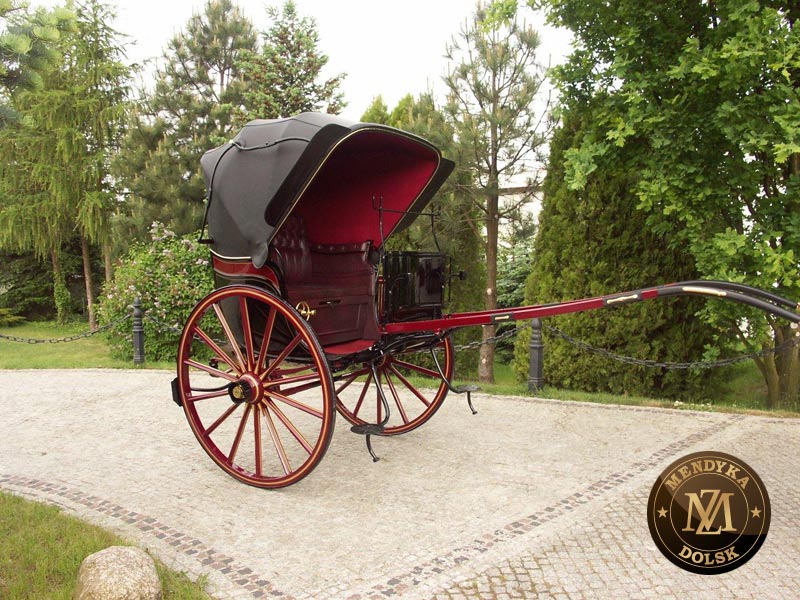
Gig: Tilbury Gig, Stanhope Gig, Dennett Gig, Park Gate Gig, Liverpool Gig, and other.
Hansom Cab is a very popular London taxi with a distinctive driver’s seat placed high above the roof. Only in France four-wheeled versions are common, but they can be also found in the collection of Count Potocki family in Łańcut, where three Cabs manufactured by Ignác Šustala from Kopřivnice, the founder of a car company which later became Tatra, can be found.
Cabriolet: its French wording has been retained in all countries, although the name has Italian roots. A goat or Italian capriola when bouncing like trotting horses makes jumps which are called Caprioles or Cabrioles. This is where the name of the two-wheel roofed Cabriolet came from. Although it had been already popular at the time of Louis XIV in the seventeenth and eighteenth centuries, it was still a very heavy and badly sprung shay. It became more popular in the time of Louis XV whose father-in-law was the Polish King Stanislaw Leszczynski, father of Maria Leszczynska, the wife of Louis XV.
It was until the nineteenth century when Cabriolet was converted to a light and very popular coach used on many occasions and its design changes had greatly improved the ride comfort. By placing the axis under the central part of the box seat, using elliptic springs and providing better balance, the vehicle was able to avoid jumps or caprioles. Cabriolet with four wheels was very popular in France in these days. Curricle was drawn by two horses but also combined as a tandem with two horses one behind the other. Cabriolet became popular in England thanks to Count Alfred d’Orsay, a very well known person among the richer part of the English horse carriage driving enthusiasts, born in Paris as a son of a Napoleonic general. Coupe equipped with C springs has even taken its name from his family name Coupe d'Orsay. A car with a retractable roof has also took the name of Cabriolet.

